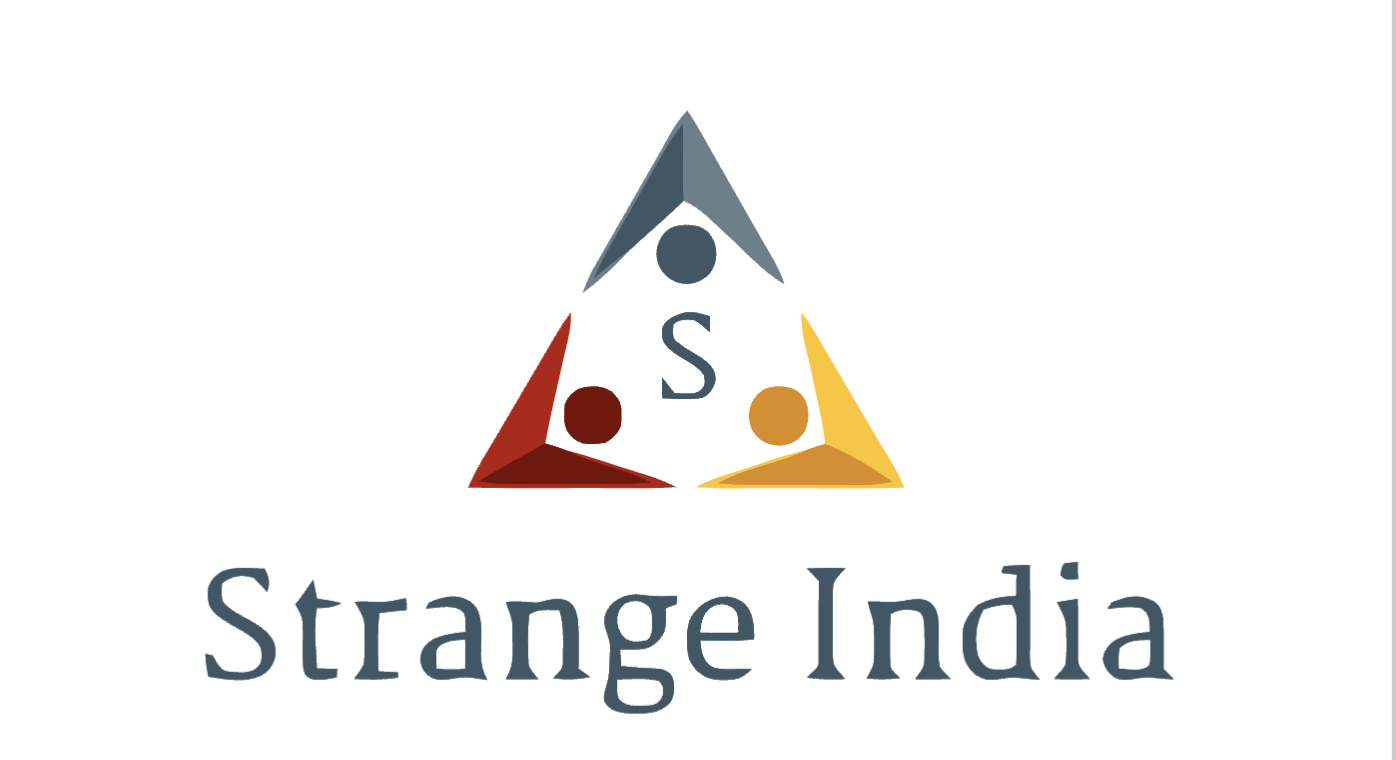Rupee edges closer to 80-mark, slides 18 paise to 79.99 vs dollarThe rupee ended Thursday on the brink of 80 per dollar, just a technicality of a touch lower at 79.99 against the greenback, keeping it away from the key psychological level.Bloomberg and Reuters reported that the partially-convertible rupee closed at 79.87 per dollar, while PTI quoted the rupee at 79.99 close after settlements.A PTI report showed the rupee edged ever so closer to the historic low of the 80 per dollar mark as it declined a little over 18 paise to settle at 79.9975 on a rampant and stronger greenback in overseas markets.At the interbank foreign exchange market, the rupee started the day on a strong note and touched a high of 79.71 a dollar in early trade. The currency, however, lost momentum after the dollar surged to a 24-year high against a basket of global currencies.The rupee finally settled at the day’s lowest level of 79.9975 to a dollar, down 18 paise over the previous close of 79.81.That marks the 27th time the currency has hit a new lifetime low since Russia invaded Ukraine late in February and a record weak close every single day this week. PTI reported that some leading banks, such as the State Bank of India (SBI), were already quoting above 80 levels for selling the US dollar.That news comes on the heels of another historic moment in currency markets.Indeed, the euro plunged below parity to a 20-year low for the first time on Wednesday; while the single currency recouped some losses early on Thursday, it soon lost its allure and dived right back below $1 on concerns over an energy crisis and political turmoil in Italy.”There’s clearly a broader preference for the dollar in the markets at the moment given the broader context of ongoing geopolitical uncertainty, the pressures in Europe from the energy supply situation and expectations of interest rate rises in the US,” Shaun Osborne, Chief FX strategist at Scotiabank, told Reuters.The greenback extended its sharp rally as expectations increased for a steeper rate hike from the Federal Reserve.The dollar also jumped to a 24-year high against the Japanese yen as the Bank of Japan maintained a dovish stance in contrast with hawkish global moves by central bank peers.Bloomberg reported that swap markets showed traders were now pricing in a significant possibility that the Fed will dole out a 100-basis-point hike in July in the wake of hotter-than-anticipated inflation data.”The concerning aspect in the CPI numbers was the breadth of increases,” Shane Oliver, chief economist at AMP, told Reuters, and he said nearly 90 per cent of the US CPI components saw increases of more than 3 per cent.That drove the dollar to soar to a 20-year high, emerging as a preferred save haven amid growing economic risks.Market pricing on the Chicago Mercantile Exchange’s (CME) Fed watch tool indicated a 78 per cent chance of a 100 basis increase. However, Mr Oliver said this could only be a kneejerk reaction to the high inflation reading.”I think the Fed will stick to 75 – which is still a high number – if they go to 100, it will look like they are panicking. Only time will tell, though; the Fed does have an unconditional commitment to get inflation back down,’ he added.A separate widely accepted indicator of a pending recession pointed to one on the horizon.While Treasury yields rose across the curve, the bigger boost was more at the short end.The US two-year yields, which reflect short-term interest rate expectations, rose to 3.121 per cent, just off an overnight four-week high, increasing the gap with the longer-term benchmark 10-year yields, which were at 2.9558 per cent, according to Reuters.A decline in yields on longer-term debt below yields on the short-term debt of the same credit quality is referred to as an inverted yield curve. The inverted curve, also known as a negative yield curve, has previously proven to be a relatively reliable lead predictor of a recession.The so-called yield curve inversion, when short-dated interest rates are higher than longer ones, is commonly seen as an indicator of a recession, and the gap between the two touched 25 basis points in early Asia, which is the difference between 75 basis points and a 100 basis points Fed rate hike.One of the US bond market’s most widely watched indicators of potential recession risk has reached levels last seen in 2007; Bloomberg reported and added that the Treasury curve inversion level was last seen in 2007, just before the global financial crisis.
Source link
 Strange India
Strange India